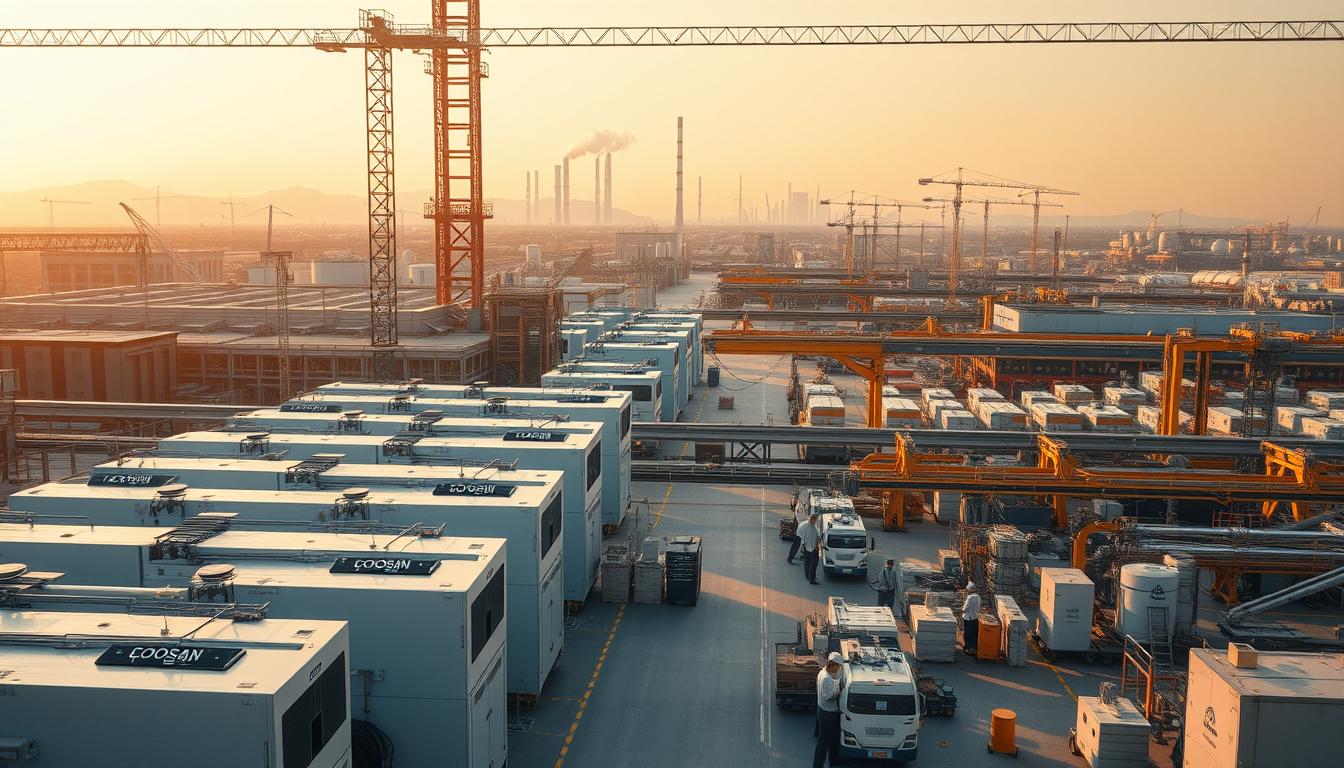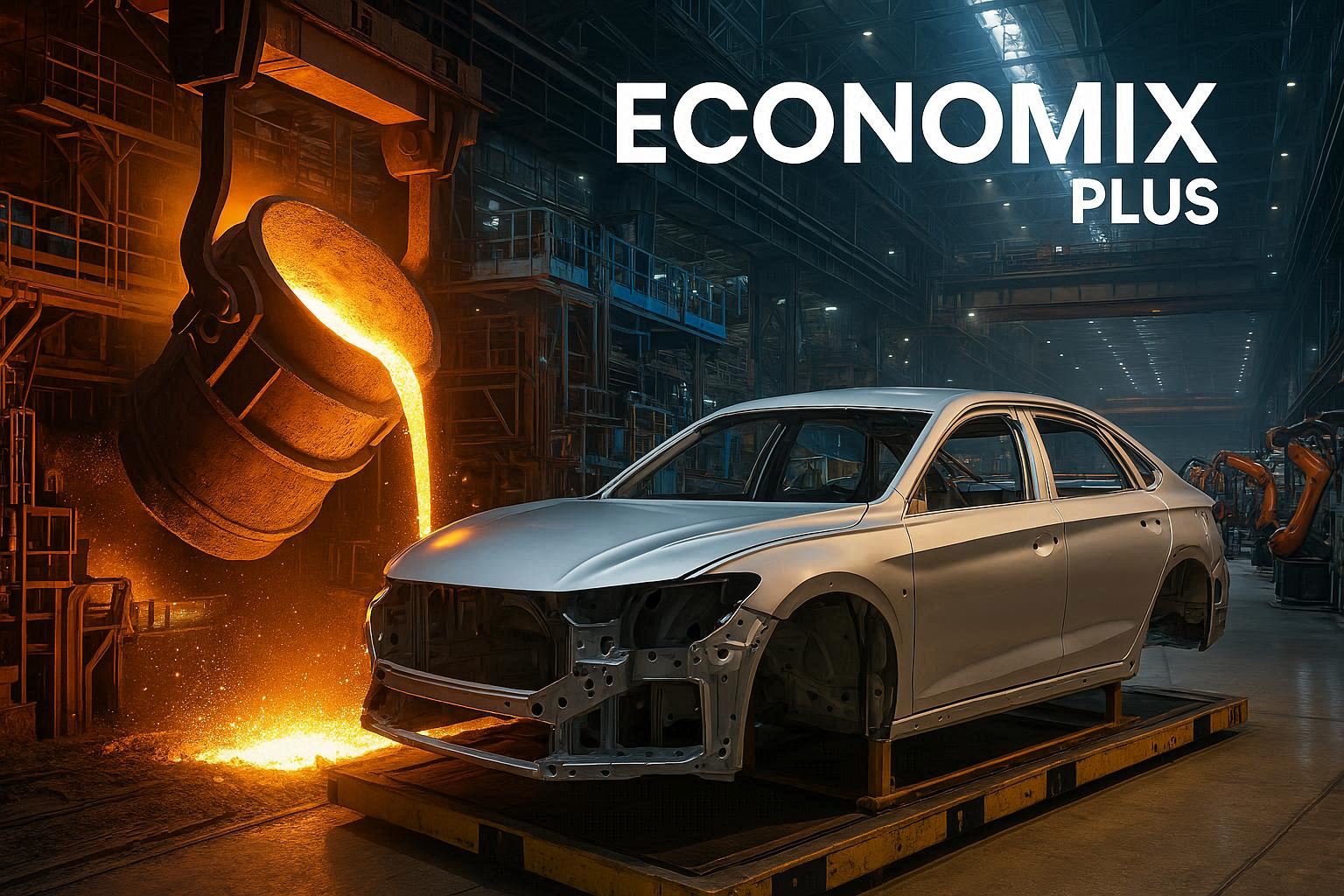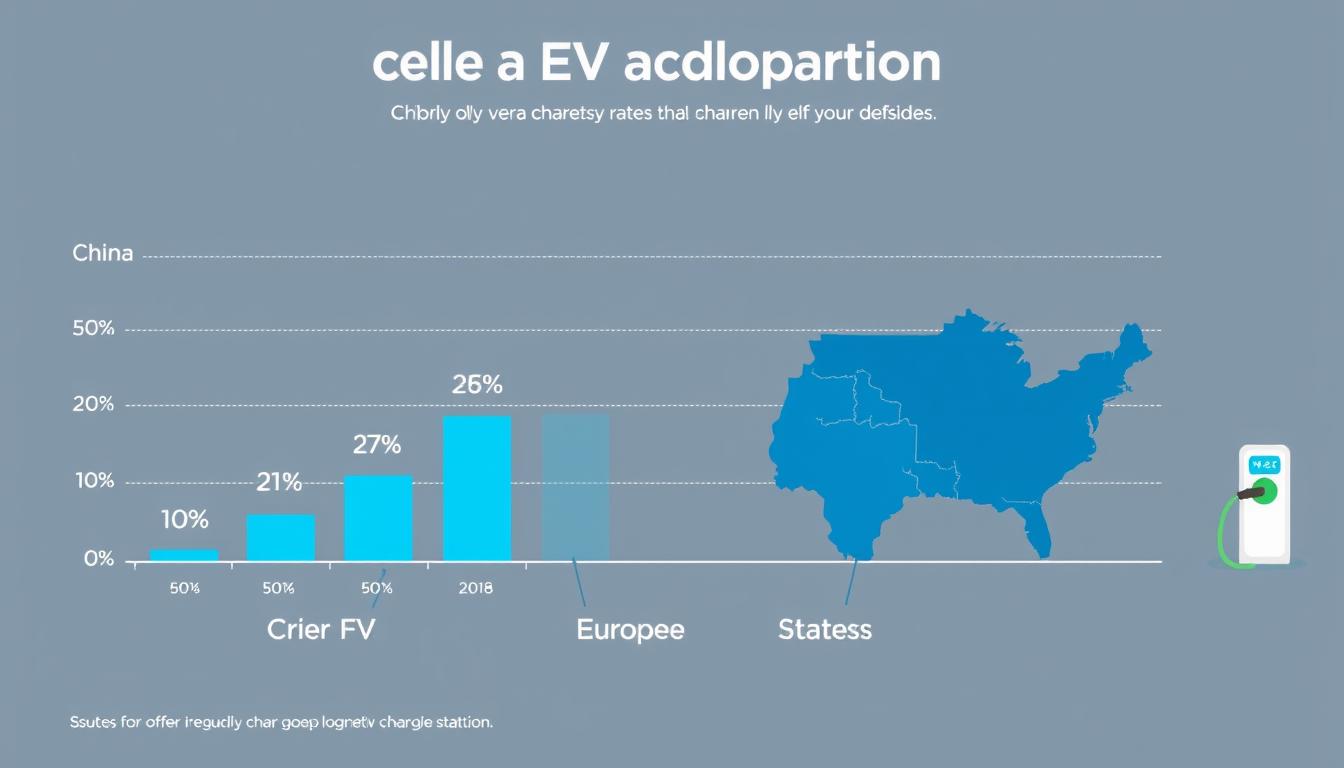Imagine a corporation that started with textiles in 1896 now shaping the future of robotics and clean energy. This isn’t fiction—it’s the story of a global industrial giant. Through decades of reinvention, the company has become synonymous with resilience, dominating sectors from construction equipment to cutting-edge semiconductor manufacturing.
While many legacy manufacturers struggle to adapt, this firm has mastered strategic pivots. Its recent shift toward smart factories and eco-friendly technologies demonstrates how traditional industries can lead in the modern world. Investors note its ability to balance stability with high-growth ventures, creating lasting value even during economic shifts.
The corporation’s secret? A dual focus on growth through innovation and deep-rooted engineering expertise. By diversifying into energy solutions and advanced materials, it avoids reliance on single markets. This approach attracts forward-thinking investors seeking companies that redefine industries rather than follow trends.
Key Takeaways
- Over 120 years of manufacturing expertise fuels continuous market leadership
- Strategic shifts into semiconductors and smart tech drive modern relevance
- Global reputation built on quality and adaptive business models
- Sustainable innovation balances profitability with environmental responsibility
- Diversified portfolio minimizes risk while maximizing investor opportunities
Overview and Market Impact of Doosan
From textile mills to semiconductor manufacturing, this industrial giant has rewritten its playbook for over a century. Its latest reorganization plan merges legacy strengths with cutting-edge sectors, creating a blueprint for modern industrial leadership.
Company Evolution and Global Strategy
Chairman Park Jeong-won’s leadership accelerated strategic mergers, including Doosan Efficiency’s split and integration with Tesna. This move streamlined operations while expanding capabilities in chip testing and energy systems. The group now operates 25 global R&D centers, driving growth through localized innovation.
Market analysts highlight the firm’s 1.8:1 merger ratio during recent restructuring as a catalyst for investor confidence. Shares rose 14% post-announcement, reflecting trust in its balanced approach to traditional and emerging markets.
Diversified Business Portfolio
Three core divisions anchor its success:
- Heavy Machinery: Doosan Bobcat dominates 22% of the global compact equipment market
- Advanced Tech: Semiconductor wafer production increased 37% year-over-year
- Energy Solutions: Hydrogen fuel cell systems power 15% of Korea’s green energy grid
This diversification shields against sector volatility while capturing value across multiple industries. As one fund manager noted, “Their portfolio acts like an ETF for industrial innovation.”
Strategic Expansion into Semiconductors, Energy, and High-Tech
A bold $1 trillion won investment plan positions this industrial titan at technology’s cutting edge. Under Chairman Park Jeong-won’s leadership, the group now channels 40% of its R&D budget into semiconductor testing and clean energy
Redefining Chip Manufacturing Standards
The acquisition of Doosan Tesna transformed its capabilities in advanced chip testing, handling 18% of global semiconductor validation services. Recent capacity expansions aim to double wafer production by 2026. “Precision testing determines value in today’s AI-driven markets,” notes a Seoul-based tech analyst.
Smart Machines Fuel New Revenue
Robotics divisions reported 29% growth last year, with AI-powered excavators reducing worksite accidents by 37%. Hydrogen fuel cells now power 1.2 million Korean homes annually. These innovations account for 22% of total earnings—up from 9% five years ago.
Global Plays Reshape Competition
Strategic bids like the SK Siltron pursuit strengthen vertical integration. Recent mergers boosted North American market shares by 14%, while European energy partnerships grew cash reserves 19%. Investors see diversified exposure—65% in tech, 35% in stabilized machinery—as ideal for volatile markets.
Why Is Doosan a Pillar of Korean Manufacturing?
Strategic alliances and seamless supply networks define modern industrial success. The group’s ability to merge cross-border expertise with localized production creates a competitive edge visible across continents. Yet balancing rapid innovation with financial stability remains an ongoing test.

Synergies in Global Partnerships and Supply Chain Integration
Collaborations with firms like Skoda Power enhance energy system capabilities while streamlining component sourcing. A recent 1.5:1 merger ratio in European ventures boosted equipment sales by 18% last quarter. Integrated logistics networks now reduce delivery times by 6 days across 14 key markets.
Three operational benefits stand out:
- Shared R&D costs with tech partners cut semiconductor testing expenses by 22%
- Combined warehousing units optimize inventory turnover rates
- Unified quality protocols ensure chip reliability meets global standards
Challenges in Financing and Strategic Growth
Market analysts note a 9% stock price swing following the board’s $700 million expansion announcement. Lee Han-sang, a Seoul-based regulatory expert, states: “Aggressive investments risk overextension without proportional cash reserves.” Shareholders question how the group maintains 5% annual growth while funding hydrogen home energy systems.
Key financial pressures include:
- Rising interest rates increasing loan costs for robotics unit expansions
- Competing demands between shareholder dividends and R&D funding
- Global supply chain uncertainties impacting quarterly earnings projections
Despite these hurdles, the company’s diversified revenue streams—from construction equipment to AI-driven systems—provide stability. Strategic choices prioritize scalable technologies over short-term gains, positioning it for sustained leadership.
Conclusion
Over 127 years of industrial evolution have cemented this corporation’s role in shaping global manufacturing. Its journey from early textile operations to semiconductor leadership demonstrates unmatched adaptability. Strategic investments in robotics, hydrogen energy, and smart equipment now fuel 65% of annual sales growth.
The board’s $1 trillion won expansion plan targets supply chain resilience and tech dominance. Recent mergers cut production costs by 22% while boosting unit output across 25 R&D hubs. These moves position the company to lead in sustainable energy and AI-driven machinery for decades.
Global partnerships reduce delivery times by 6 days in key markets, proving integrated networks drive operational excellence. While rising interest rates challenge cash reserves, diversified revenue streams offset financial pressures. Explore their manufacturing history to understand how innovation meets tradition.
This analysis provides insights into industrial strategies without endorsing savings products. For forward-looking observers, tracking semiconductor expansion and green tech developments offers critical market signals. The corporation’s balanced approach – honoring legacy while chasing the future – sets the standard for modern manufacturing success.














